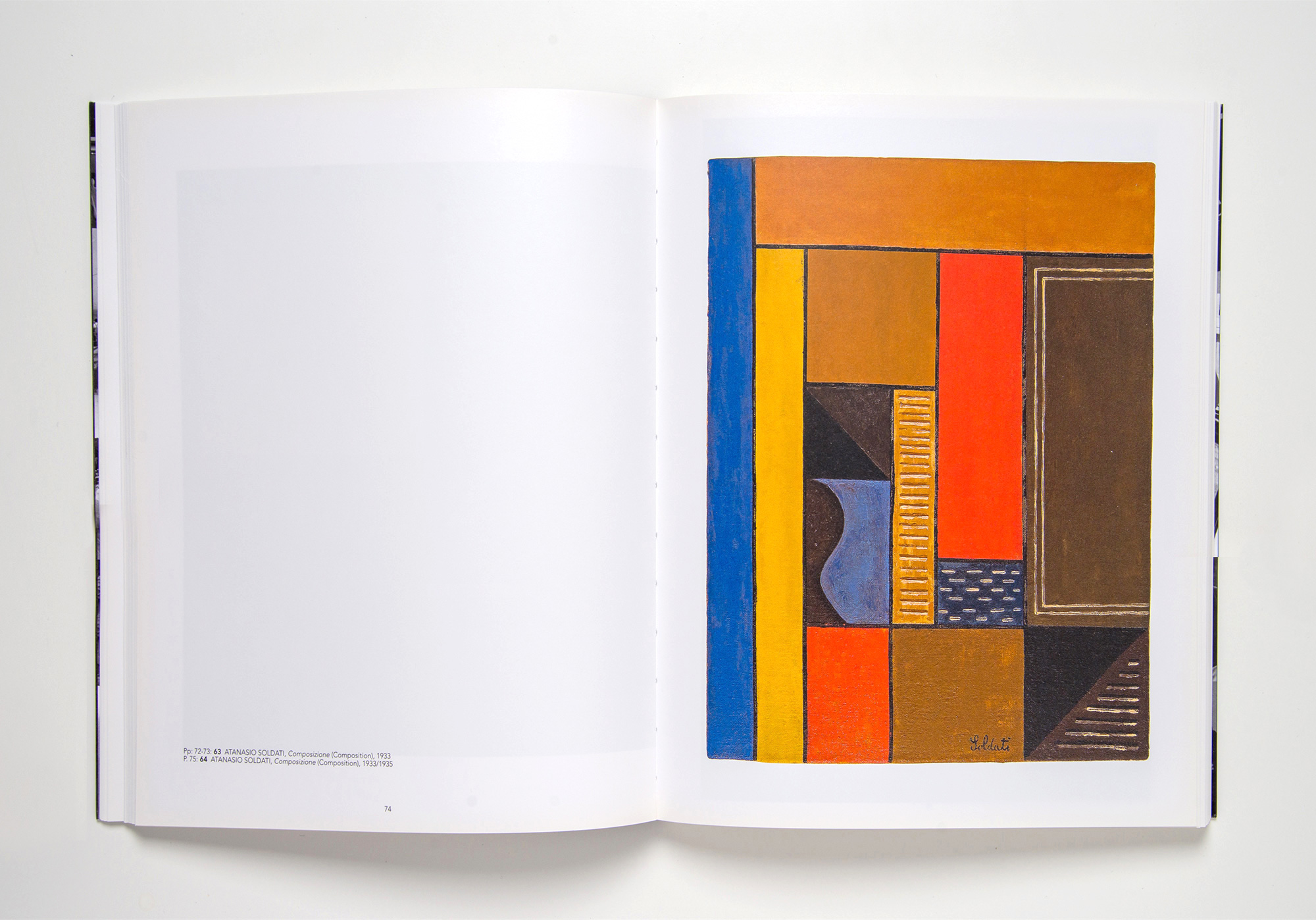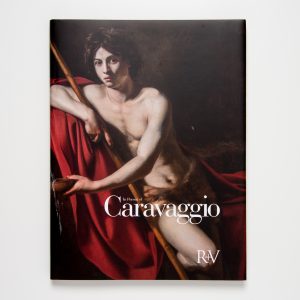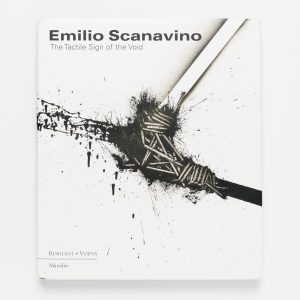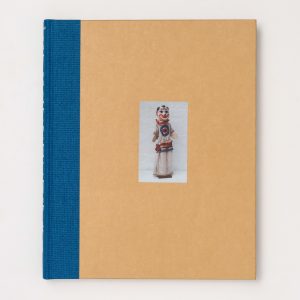“illustrates how the political and social events that took place during the Italian inter-war and post-war period have greatly influenced the artistic production of those who witnessed them”
Beginning with Futurist abstraction, this catalogue brings together early works by Giacomo Balla, and the unique organic abstraction of Enrico Prampolini. The 1930s gave rise to the group of Milanese abstractionists including Atanasio Soldati, Mario Radice, Mauro Reggiani, Manlio Rho and Luigi Veronese. These artists exhibited in the influential Galleria del Milione, which soon became the catalyst for artists, architects, designers and poets and which was later to be pivotal in the careers of the Zero group.
The final section focuses on is from the immediate post-war years up the mid-1950s, when abstraction and concrete art manifested a cultural renewal and engagement, becoming antagonistic to ideologies which favoured realism. As the dust settled, a number of artists faced with this historical juncture, identified abstract art as the only language capable of eradicating the past, and at the same time generating a new era of universal values. It was artists such as Atanasio Soldati, Bruno Munari, the painter and critic Gillo Dorfles and the architect-designer Gianni Monnet, who were then able to pioneer these aforementioned movements.
















Reviews